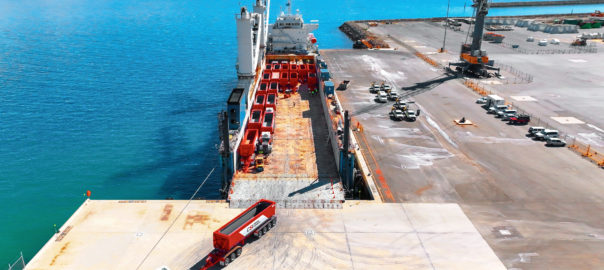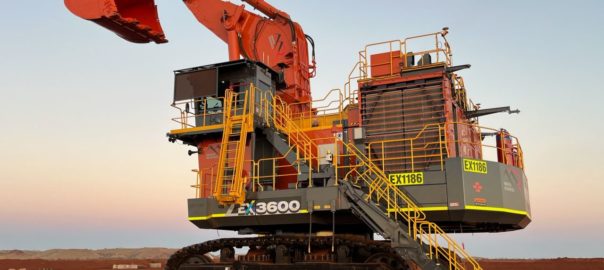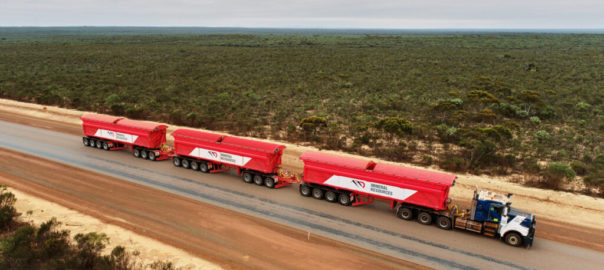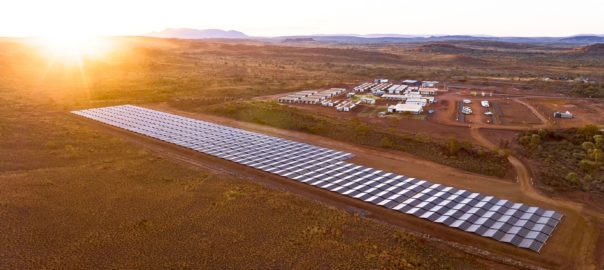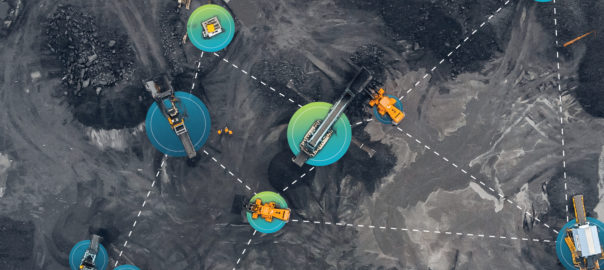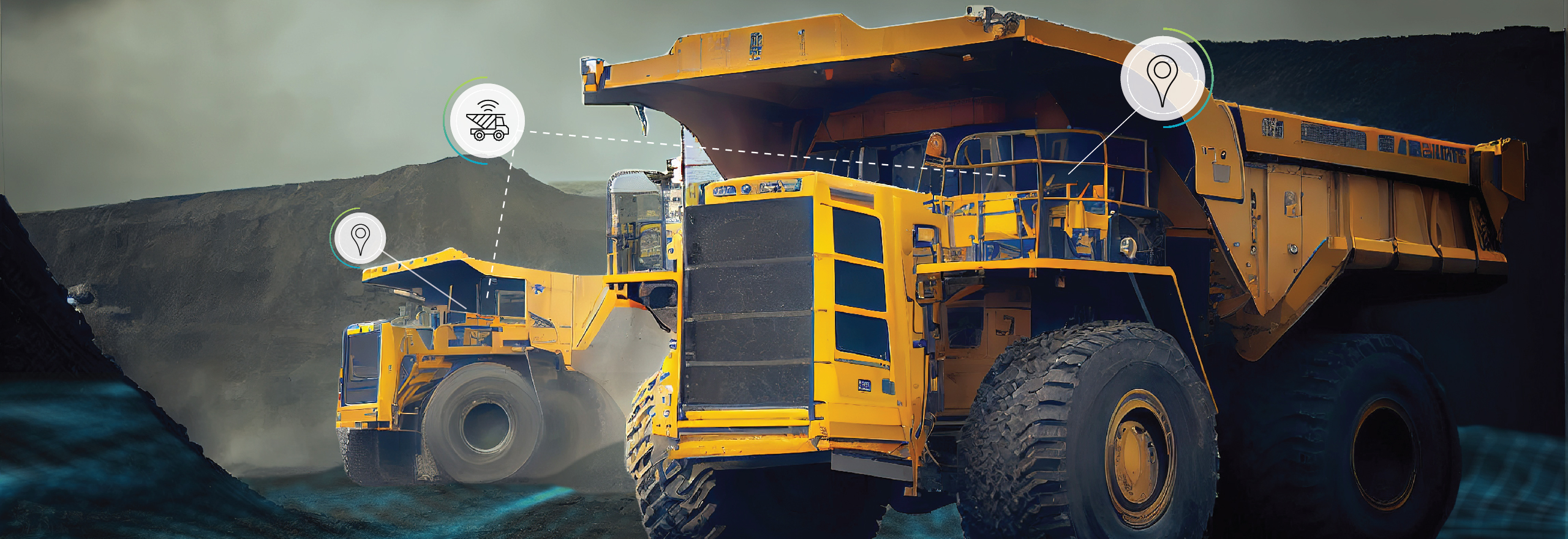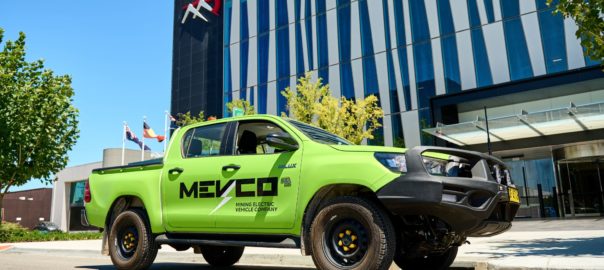Mineral Resources (MinRes) has awarded a five-year contract to 100% Indigenous-owned business Coolingah for the dry hire of three coaches to service MinRes’ Wodgina lithium mine in the Pilbara of Western Australia.
A fleet of 57-seat coaches arrived at Wodgina during the recent NAIDOC Week and will be used to transfer MinRes’ workforce across the mine site.
Coolingah is owned and operated by Kariyarra Elder, Patricia Mason, who expressed immense pride in securing the contract, highlighting its significance in helping shape her and her family’s future.
“Thank you to MinRes for believing in me and my family, and for your support making this contract possible,” Mason said. “MinRes sees value in supporting Indigenous businesses and helping them grow and reach their potential. This contract helps open the door to future opportunities.
“I set up Coolingah to provide something to pass onto my children and grandchildren – this business is their future.”
MinRes General Manager Communities and Heritage, Heath Nelson, said the partnership underscored the company’s commitment to fostering strong relationships with Indigenous businesses and supporting their growth and development.
“We are proud of the close partnerships MinRes has formed with a range of Indigenous businesses, including Coolingah, which is owned and operated by a Traditional Owner on lands where we operate,” Heath said.
“Last financial year, MinRes significantly increased our Indigenous business spend compared to the year prior and we are committed to continuing to increase our spend by identifying Indigenous businesses to work with and support in achieving their goals.
“By collaborating with Indigenous businesses, we not only support their economic growth but also contribute to the social and cultural wellbeing of the communities.”
Coolingah has also accessed MinRes’ guaranteed finance facility, which provides additional financial support to Indigenous businesses, allowing the company to secure capital to purchase the coaches and ensure they meet operational demands at the Wodgina mine site.
“The corporate finance guarantee demonstrates MinRes’ commitment to empowering Indigenous businesses and fostering their growth and sustainability,” Nelson added.
The Wodgina mine site, 120 km south of Port Hedland in the Pilbara region of Western Australia, is one of the largest hard-rock lithium mines in the world.








